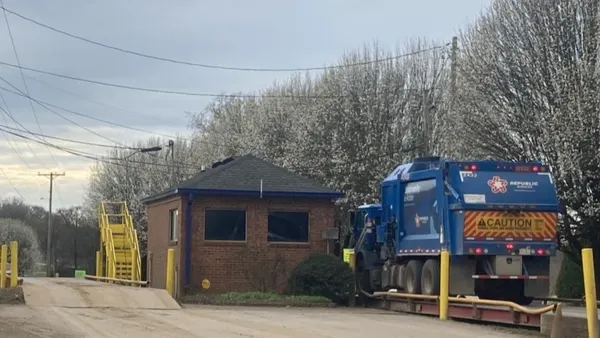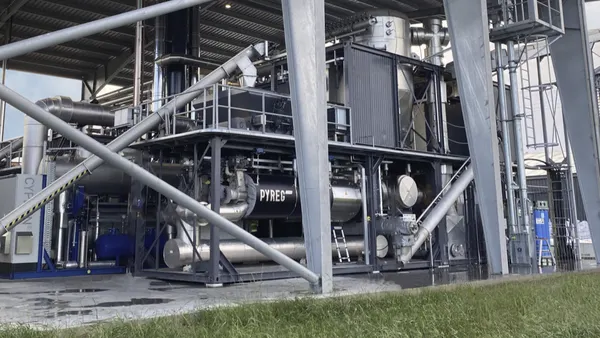Dive Brief:
- A sample of Missouri residents living within two miles of the Bridgeton Landfill will be surveyed in two weeks to identify those with complaints characteristic of asthma, chronic obstructive pulmonary disease, and allergies. This information-gathering project is one that the St. Louis Health Department has been planning for some time, after the agency said emissions from the smoldering Bridgeton Landfill have affected residents’ respiratory health.
- Coordinated by the Health Department and employing methodology of the Centers for Disease Control and Prevention, the survey will include 800 of the community’s 4,300 households and aims for a sample base of 420 homes.
- St. Louis County Health Department Director Faisal Khan hopes the survey is completed by the first week in March, and that a draft report will be prepared by mid-June, according to St. Louis Public Radio.
Dive Insight:
Government officials and residents have been concerned for some time about public health threats posed by the Bridgeton Landfill fire that has been smoldering for years, adjacent to the West Lake Landfill, which contains radioactive waste.
While EPA claimed it was highly unlikely that toxic fumes could escape and affect area residents — at least not from the radioactive materials — residents and their public officials have continued to worry about the community’s welfare, and apparently with reason.
The survey itself has raised new concerns.
Those living near the landfills are uncomfortable that some people experiencing symptoms will be excluded from the study. Some questioned why the survey area was contained to only a portion of the geographical area that could be affected.
"It is meant to be a randomized sample, so not every household will be interviewed. We’re going to look at ensuring that we don’t over-sample and under-sample," Khan said. He did prioritize ensuring a sampling from diverse races and both genders. And he said the survey results will be applied to consider the likelihood of respiratory ailments in all towns affected by the odors — not just those sampled.








